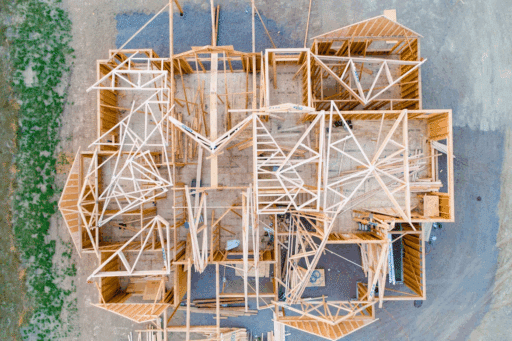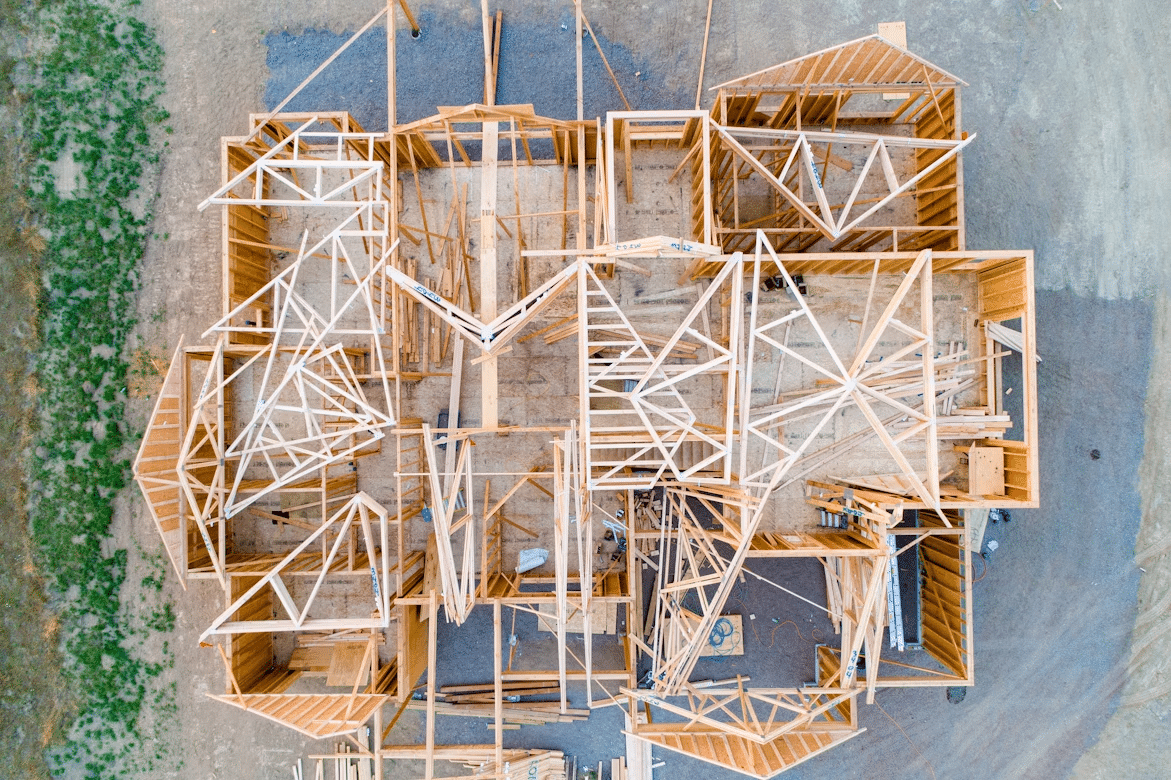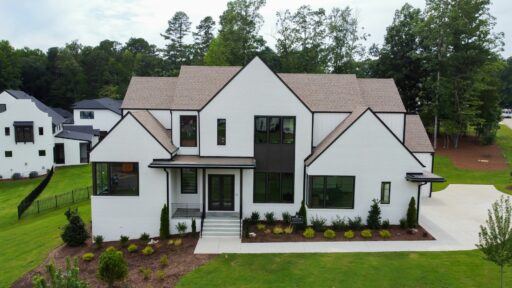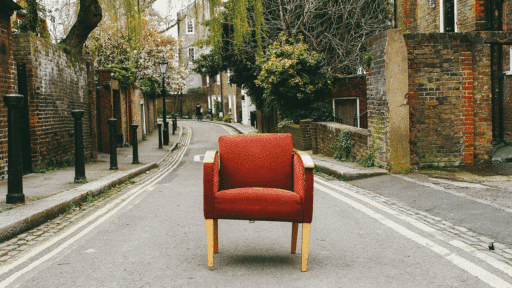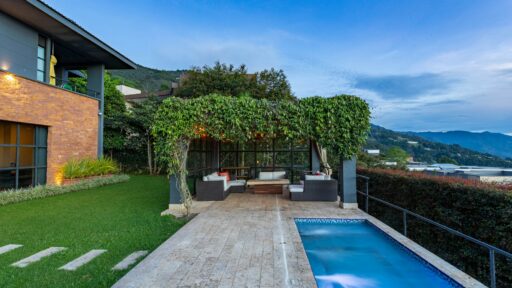Building your own home is one of life’s biggest milestones. It offers the freedom to design a living space perfectly suited to your lifestyle and taste, but it also comes with a unique set of challenges. Missteps during planning, budgeting, or construction can quickly derail your dream project and lead to delays, spiraling costs, or compromises on quality. By understanding the most common pitfalls and how to avoid them, you can ensure your new home reflects your vision without unnecessary stress. Here’s how:
Not Defining Your Vision Early Enough
One of the biggest mistakes homeowners make is starting construction without a clear plan. Without detailed drawings, specifications, and a prioritized list of must-have features, changes can pile up mid-project. According to the National Association of Home Builders (NAHB), change orders can add thousands of dollars and weeks of delays to a project. Before signing contracts, invest time in defining your style, space requirements, and long-term needs.
Choosing the Wrong Builder
Your builder will be your primary partner throughout the process, so vetting them carefully is critical. Look for experience in your type of project, verified references, and transparent pricing. A reputable Custom Home Builder in Richmond VA, if you live in the area, will guide you through zoning requirements, offer quality subcontractors, and maintain clear communication from start to finish. The right builder acts not just as a contractor but as an advisor who helps you avoid costly mistakes.
Underestimating the Budget
Many first-time builders set a budget for the house itself but forget about land costs, permits, landscaping, furnishings, and post-construction inspections. According to U.S. Census Bureau data, the average cost of new single-family construction has steadily increased over the past decade, meaning underbudgeting is more likely than ever. Always add at least 10% to 15% for contingencies and price fluctuation.
Ignoring Energy Efficiency and Sustainability
Today’s buyers and regulators expect higher standards of energy performance. Skipping insulation upgrades or efficient HVAC systems can lead to high operating costs and a lower resale value. Energy Star–rated windows, high-efficiency appliances, and smart thermostats can cut utility bills significantly over time. Thinking about efficiency now saves you money for years to come.
Poor Communication with Your Builder
Even with a detailed contract, miscommunication can happen. Schedule regular site visits, ask for updates, and request written confirmation of any changes. A professional builder will welcome your involvement and provide clear, documented updates. Lack of communication is one of the leading causes of disputes, according to a survey.
Overlooking Future Needs
When planning your dream home, it’s easy to focus on your current lifestyle. However, families grow, careers shift, and accessibility becomes more important over time. Consider features like extra storage, flexible rooms, and wider hallways that can adapt with you. Forward-thinking design prevents costly renovations down the line.
Forgetting About the Site Itself
The land you build on affects everything from foundation type to insurance premiums. Soil quality, drainage, and sun orientation can all impact your home’s durability and comfort. Work with your builder and an independent inspector to evaluate the site thoroughly before purchase. This step can prevent structural problems or water issues later.
Skimping on Quality Materials
Cutting corners on materials may seem like a good way to save money, but it often leads to higher maintenance and replacement costs. Prioritize structural integrity, roofing, windows, and insulation over decorative finishes you can upgrade later. Builders with strong supplier relationships can help you get higher-quality materials at better prices.
Not Understanding the Legal Side
Permits, inspections, and warranties are not just paperwork; they’re your protection. Make sure your builder pulls all necessary permits and provides detailed contracts. Understand your state’s builder-liability laws and ask about insurance coverage for on-site workers. A solid paper trail safeguards you if issues arise.
Rushing the Timeline
Finally, avoid the temptation to rush construction. Weather, supply chains, and inspections can all cause delays, especially in custom builds. Building a high-quality home takes time; unrealistic deadlines increase stress and mistakes. A good builder will give you a realistic schedule with milestones and contingency plans.
Thinking Beyond Construction: Lifestyle and Resale Value
Many homeowners overlook how their custom home will fit into their lifestyle long after the builder leaves. It’s tempting to design every corner according to your current tastes, but trends change, and so do family structures. Including timeless elements, like neutral exterior materials, adaptable layouts, and classic architectural details, can increase your home’s resale value and reduce the need for major renovations down the road.
Another crucial step is considering the surrounding neighborhood. Even the most beautiful home may lose appeal if built in an area with poor infrastructure, limited amenities, or zoning changes that could reduce privacy. Before finalizing your plans, research local development projects, school quality, and property tax trends. These factors not only affect your day-to-day experience but also your long-term investment.
Endnote
A custom home should be an exciting journey, not a stressful one. By defining your vision, budgeting carefully, selecting a reputable builder, and prioritizing communication and quality, you can avoid the most common pitfalls. Each decision you make, from site selection to material choices, affects your home’s comfort, value, and longevity. With careful planning and the right partners, your dream home can be exactly that: a dream realized.

